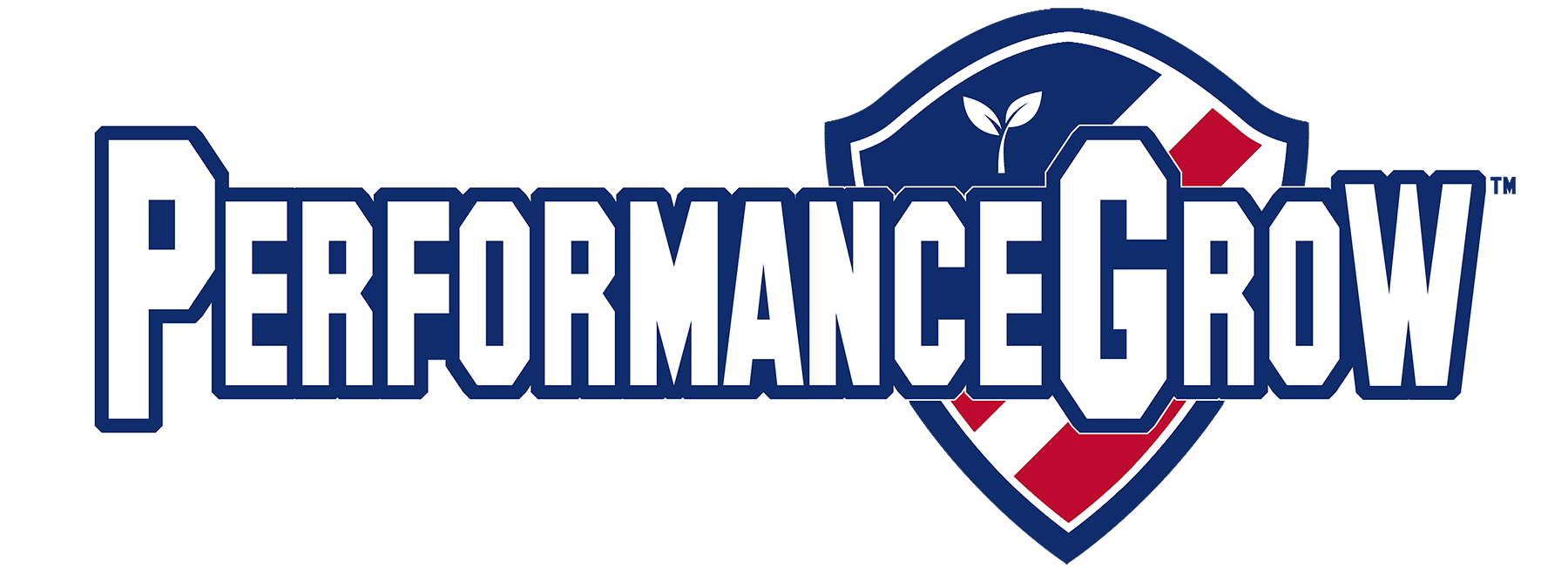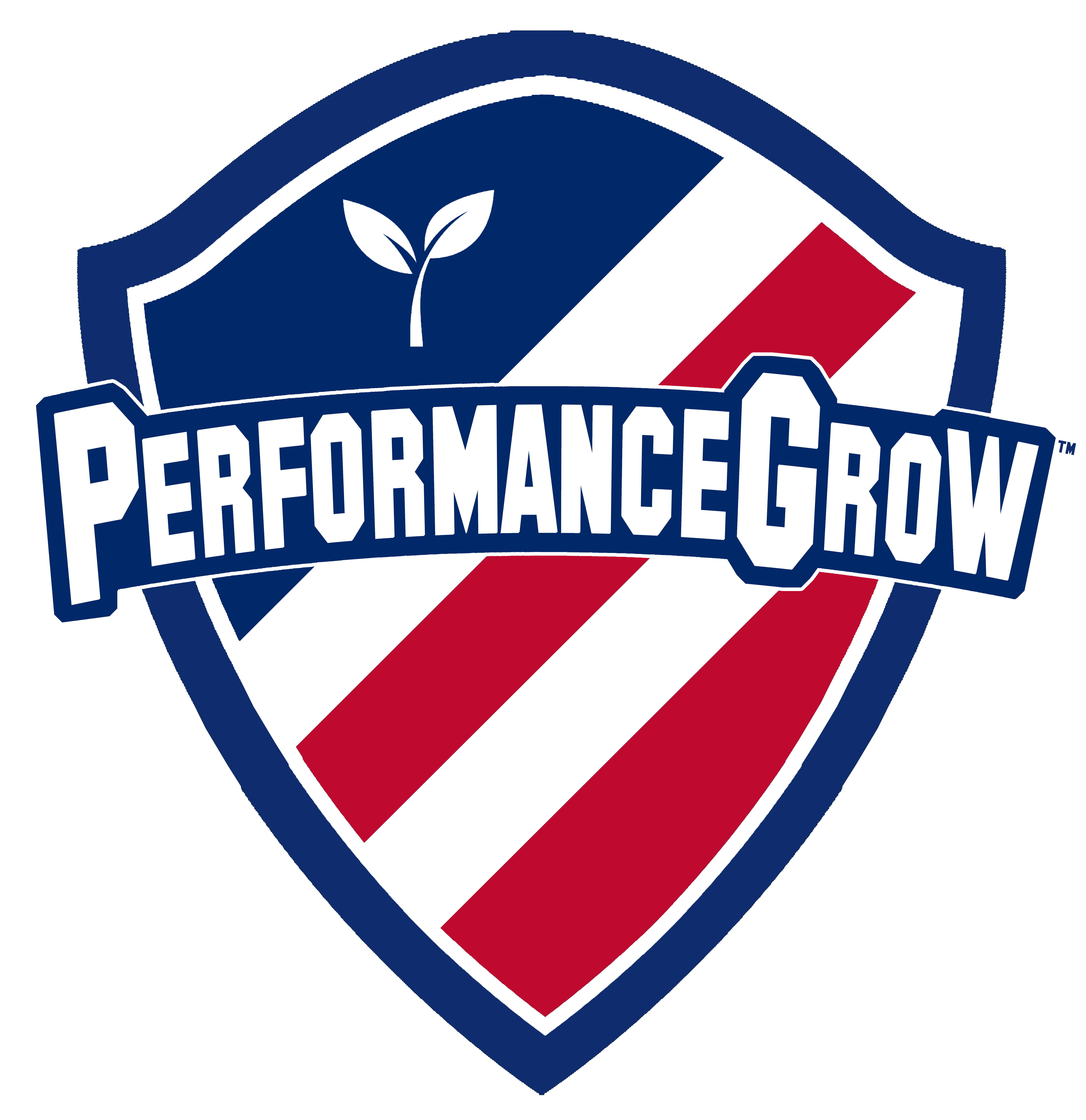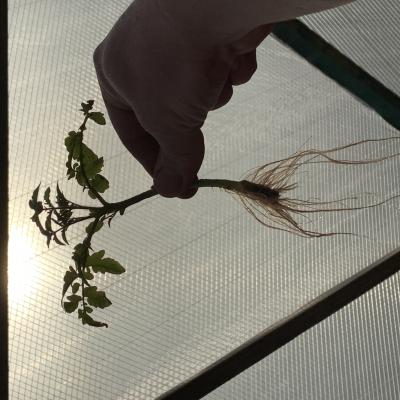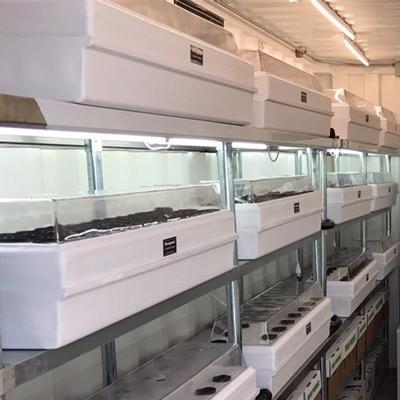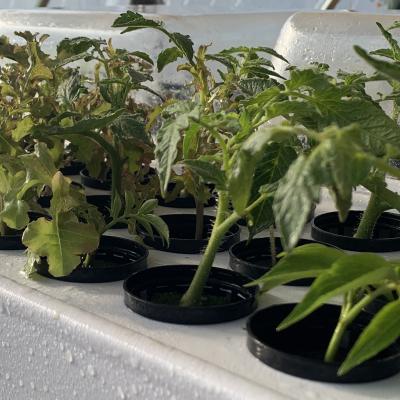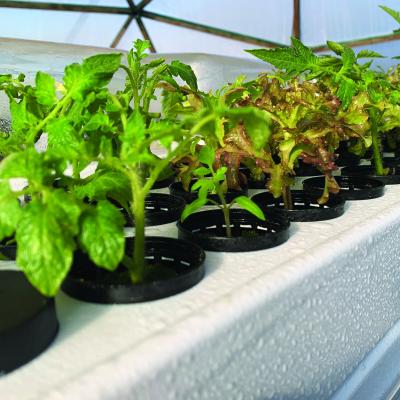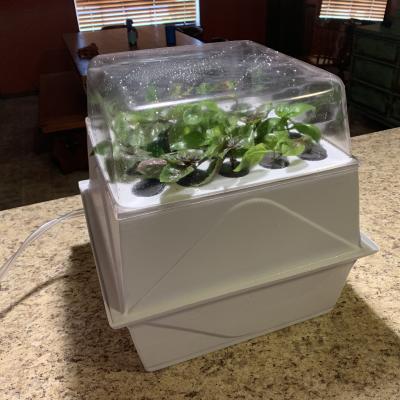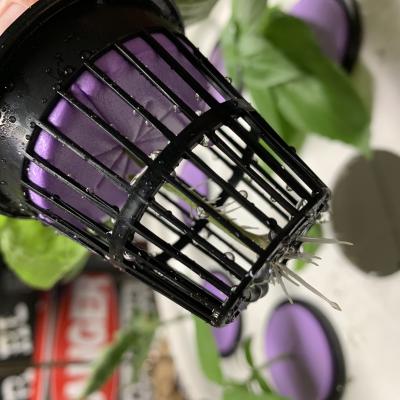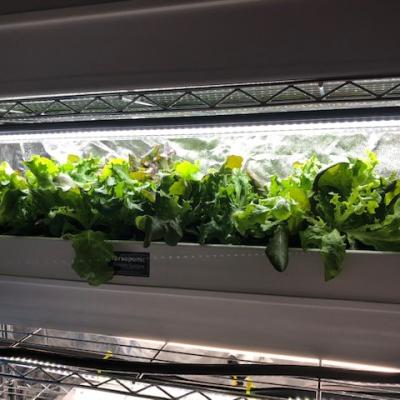Understanding Plant Needs
Hydroponic Styles
Hydroponic Nutrition Essentials: At the heart of successful hydroponic gardening lies an understanding of plant nutrition. Essential nutrients like nitrogen, phosphorus, and potassium, delivered through nutrient solutions, form the backbone of plant growth. Dive into the intricacies of nutrient management, striking the perfect balance for robust and flourishing crops.
Optimizing Light and Temperature: Light and temperature play pivotal roles in plant development. Harnessing the power of artificial lighting systems tailored to specific plant needs is essential for indoor cultivation. Explore the nuances of providing optimal light spectrums and maintaining temperature ranges that mimic natural conditions, ensuring plants thrive year-round.
Mastering Water and Oxygen Levels: In hydroponics, maintaining the right water and oxygen levels is a delicate dance. Overwatering can lead to root diseases, while underwatering hampers nutrient absorption. Delve into the art of water management, understanding the role of oxygenation in nutrient uptake and overall plant health.
Environmental Control and Pest Management: Creating a controlled environment goes beyond light and temperature. Explore advanced techniques to regulate humidity, CO2 levels, and airflow. Additionally, adopt natural pest management strategies, steering clear of harmful chemicals, and ensuring a holistic, sustainable approach to plant care.
Synchronizing Growth Stages: Every plant undergoes distinct growth stages, from germination to flowering. Understanding these phases and tailoring your hydroponic system accordingly is crucial. Learn the art of optimizing nutrient levels, adjusting lighting schedules, and providing the ideal conditions for each growth stage, maximizing the potential of your indoor garden.
